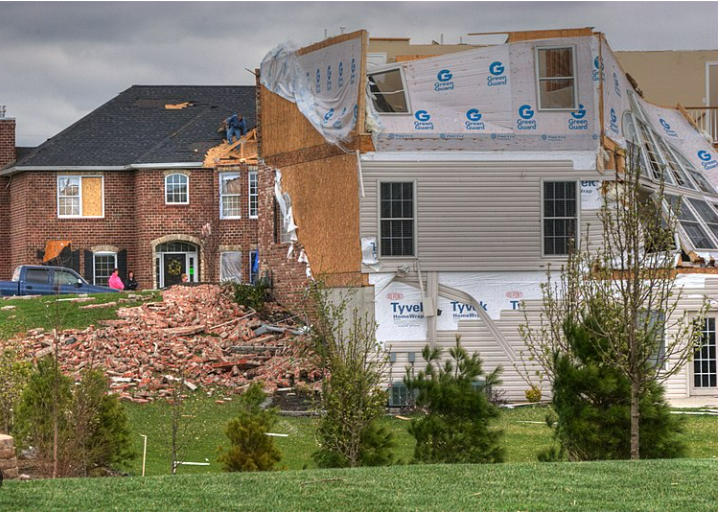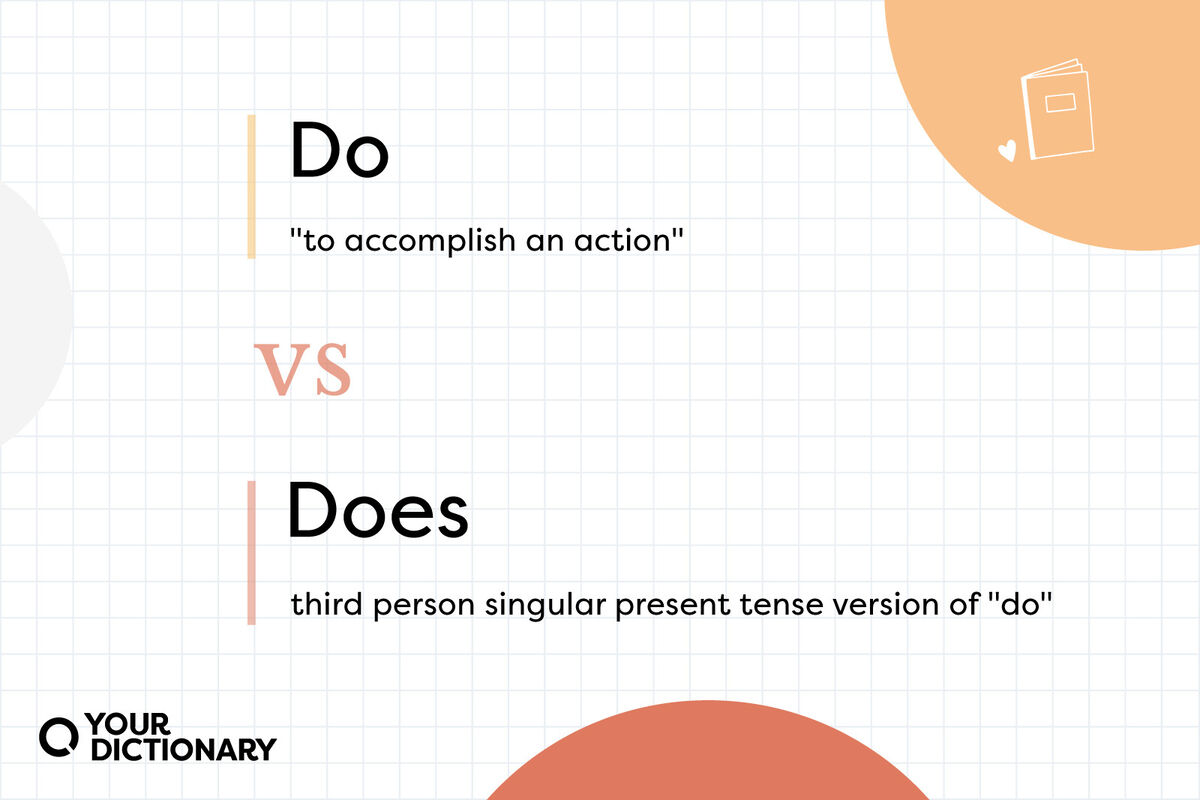Home Insurance Replacement Cost Coverage

Understanding home insurance replacement cost coverage is essential for homeowners who want to safeguard their financial investment. Replacement cost homeowners insurance allows you to rebuild or repair your home and replace personal belongings without factoring in depreciation. This type of coverage, often included in standard policies for certain types of coverage, ensures that you can restore your property to its original condition following damage from covered events. However, replacement cost coverage is generally more expensive and may not be the best fit for every homeowner or situation.
What is replacement cost in homeowners insurance?
Most things, including your personal belongings and the materials used to build your home, depreciate over time. A standard HO-3 home insurance policy generally includes replacement cost value (RCV) for coverage of your dwelling and other structures. This means that if your home is damaged by a covered event, the insurance company will pay to rebuild it using current materials up to your coverage limits. However, personal belongings are often covered at actual cash value (ACV), which is the replacement cost minus depreciation, unless you choose to add replacement cost coverage for your personal items.
Considering replacement cost coverage for your home’s contents can be beneficial if you want to replace older items with new ones. Like dwelling replacement cost, contents replacement cost coverage typically has a maximum limit defined in your policy. For high-value items such as jewelry or fine art, you may want to consider scheduled personal property coverage, as these items often require higher per-item limits.
Actual cash value vs. replacement cost value
The primary difference between actual cash value (ACV) and replacement cost value (RCV) lies in how much you receive for damaged items after a covered claim.
Replacement cost coverage reimburses you for the full cost of replacing damaged items with new ones, without accounting for depreciation. On the other hand, actual cash value coverage costs less but pays out only the replacement cost minus depreciation.
For instance, if you bought a couch for $2,000 a few years ago and it depreciated by $500 before being destroyed in a covered claim, the replacement cost of a new couch is now $2,200. With ACV coverage, you would receive $1,700 ($2,200 minus $500) for the damaged couch.
Replacement cost value vs. market value
Replacement cost value (RCV) and market value are different concepts in home insurance. Market value refers to the price an appraiser estimates a property is worth or the amount someone is willing to pay for it, including the land. This value is influenced by current market conditions.
In contrast, homeowners insurance companies use RCV when determining coverage costs. RCV accounts for the expense of rebuilding your home or replacing personal property at current prices, without considering the land’s value. Consequently, RCV is typically lower than market value since it excludes the land and focuses solely on the cost of repairs or replacements.
How replacement cost is determined by insurance companies

Insurance companies assess your home’s features, including building materials, age, square footage, and local labor costs, to determine the amount of dwelling coverage needed. Personal property coverage is typically set at a percentage of your dwelling coverage amount, usually between 50% and 70%, though you can choose to increase these limits if desired. Once these amounts are established, your policy will cover damaged or destroyed items based on either replacement cost value (RCV) or actual cash value (ACV), depending on the coverage type.
Replacement cost is not solely determined by the insurer; it depends on the coverage amounts you select for dwelling, other structures, and personal property. Often, RCV applies to dwelling and other structures coverage, but personal property coverage can vary by insurer. To avoid unexpected outcomes, it’s important to review how replacement cost coverage is applied to your policy and ensure it meets your needs.
Guaranteed vs. extended replacement cost coverage
When you first purchase your home insurance policy, your agent calculates the current replacement value of your home. However, this replacement cost can fluctuate significantly throughout the year due to factors such as inflation, changes in material and labor costs, and economic conditions. During periods of widespread losses, high demand for materials and labor, and transportation challenges can also drive up replacement costs. To address these potential increases, many insurers offer replacement cost endorsements to help cover unexpected expenses.
Here are two common types of replacement cost endorsements:
Guaranteed Replacement Cost: This coverage pays for rebuilding your home after a covered loss, even if the cost exceeds the limits specified in your policy. For example, if your policy covers up to $250,000 but the cost to rebuild your home is $300,000, guaranteed replacement cost can cover the additional $50,000 needed.
Extended Replacement Cost: This coverage allows you to claim a certain percentage over the policy’s dwelling coverage limits, usually between 25% and 30%. For instance, if your policy limit is $200,000 and the rebuild cost is $250,000, an extended replacement cost endorsement that provides up to 25% more than the policy limit would cover the additional $50,000.
While these endorsements typically cost more than standard dwelling coverage, they offer more comprehensive financial protection in the event of a claim. Consulting with your insurance agent can help determine if these options are appropriate for your needs.
MORE FROM resultsfordeals.com












